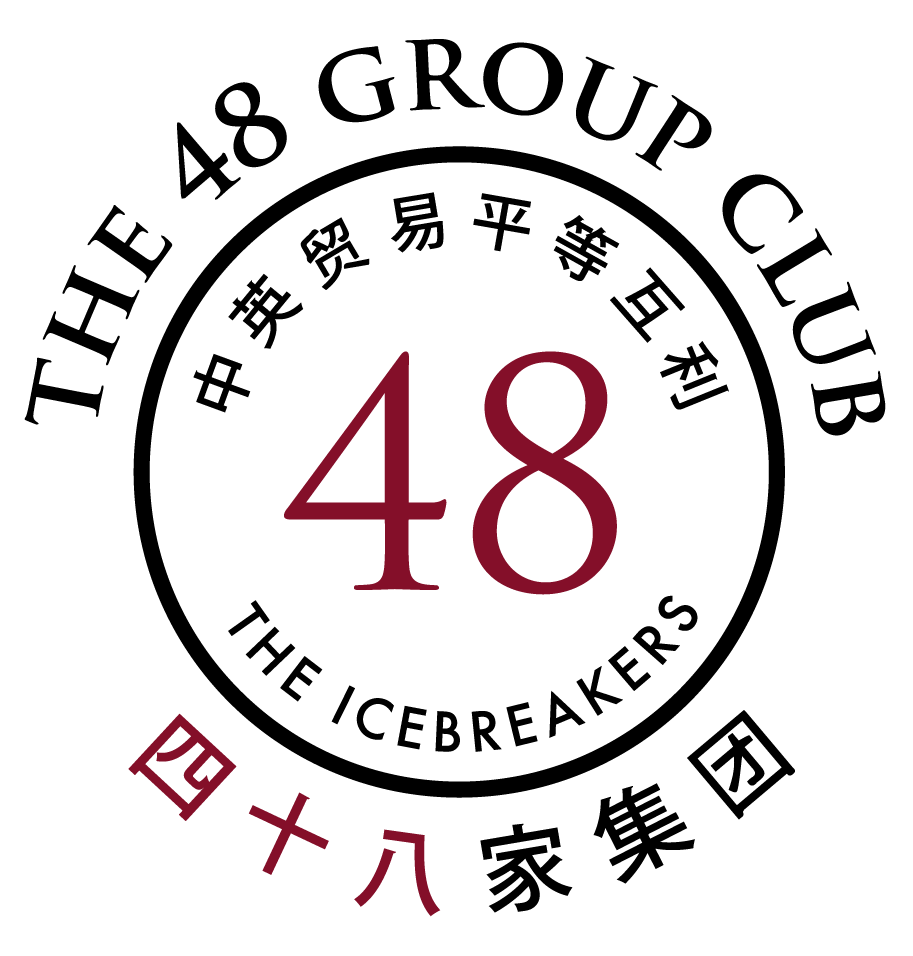As the two sessions – NPC and CPCCC – wind to a close, much has happened but in some ways it has been quite normal. The core policies have been restated – the new normal, the rule of law, and deepening reform. China will open up more to foreign companies and increase the tempo of going global. Chinese agriculture will go big and then global, and urbanisation will fuel domestic consumption as the urban population grows to 80pc of the total.
Pollution is high on the agenda, but, as with us, it coincides with new, and substantial, availability of gas as an alternative to coal – Russia to the rescue.
The anti corruption programme will maintain its intensity and officials will be wise to know there is no road back to the old ways.
China is challenged by export headwinds, global currency movements and the need to maintain a growth rate of 6-7pc.
The market economy is developing but the reform of soe’s is taking time and transparent ownership of private sector companies is still some way off.
So foreign MNC’s need to prepare to contemplate increasing investment in China as China reforms. The Free Trade Zones expand from 2 to 4 and will rise to 15 before its characteristics cover the East then Central then West China. China is opening up in a much bigger way. Financial reforms are moving forward. But checked at every step.
There were no great breakthroughs in political reform but a period of transition is hardly the time to start experimenting with power changes.
The subtle focus of the Foreign Minister’s speech was the Silk Roads – by land and sea.
Here is the big story – one the 48 Group and CGI have been following and highlighting for almost two years. The Silk Roads opening up a landbridge or bridges from Asia to Europe, Africa and the Middle East. We already know that China will invest approaching $100billion in the Africa focused BRICS Development Bank, $50 billion in the AIIB – see below – and $40billion in the new Silk Road Fund.
Some see this as China launching a competitive second system in the world. Competitive with the IMF, which has been slow to reform, the World Bank, and G7. But whilst it is distinct it involves new areas of the world and new funds. China is working with up to 60 other nations and welcomes the G7 members to be involved. It only becomes a competitive force if it is made one.
We are in the early days of a whole new opening up of two continents joined by a huge expanse of land and sea, that hitherto have been undeveloped. The prize is phenomenal if sustainable growth occurs combined with new land routes from East to West.
The Silk Roads with high speed trains going from Beijing to Moscow and then with new highways across Central Asia and South Asia to Europe, the Middle East and Africa. There is a new landbridge being built from China to Europe.
Eurasia is being developed as a central development zone.
The Chinese will invest substantially behind the transport, communications, energy and new towns and cities that will develop in 60 countries covering over half the worlds population.
It is a project of 30-50 years but it has some immediate effects, as parts of the jigsaw start appearing all over the areas.
So it was not surprising that the alert British Chancellor could see an entry point to this new market opportunity through founding membership of the AIIB – the Asian Infrastructure Investment Bank – which will fund many of the projects and give the UK a seat at the commissioning tables.
Washington apparently is concerned at the British action. I wonder if that is true or just for media consumption. More and more the UK looks like it could be a laboratory for the U.S.A. in assessing Chinese integrity, and Huawei is an example but so is investment in British infrastructure, nuclear plants and high speed trains.
The British are in a very intimate place in Sino-U.S.A. relations and by extension in the inner sanctums of Chinese Development ideas.
The Silk Roads are clearly an expression of long-term Chinese thinking about their state, and its relations with over 60 countries. This includes India and Japan and many more sensitive nations.
The U.S.A. will watch these developments very carefully but as real money is spent on contracts that American companies want, so the U.S.A. will see the advantages of working with China, and the UK will be in the vanguard.
So not much new except the announcement of China’s global focus – the Silk Roads, and a British welcome to it.
Do you understand the Silk Roads? We are following it. Join us,
Stephen
Ps see attached article from the Sunday Telegraph.
